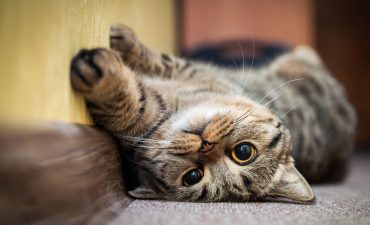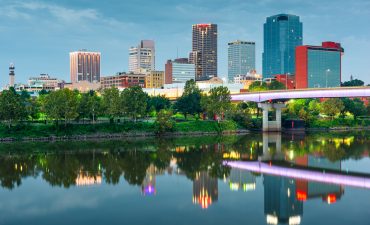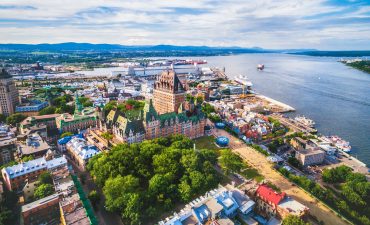Lungs are a major organ of the respiratory system in our body. They are an extremely important part of the respiratory system. They help us to inhale oxygen and ensure that the cells and organs in our body have an adequate amount of oxygen, while taking out carbon dioxide from our bodies. Humans will inhale and exhale approximately 20 times in a minute.
Lungs and its parts
The lung has a long trunk called the trachea that leads to many branches. The short branches are called bronchi that have further smaller limbs called bronchioles. The ends of these branches have leaves that are called alveoli. It is through these airways that air containing passes to the leaves called alveoli. (the air that we breathe has only 18% oxygen content) These are small thin walled air sacs. These thin walls filter the air and absorb the oxygen and release carbon dioxide that is exhaled.
The lung is positioned within the cavity of the chest within the rib cage. It is made up of spongy material, which helps the lung to stretch and contract as we breathe in and out. The trachea and bronchi are also soft muscle cartilage and can contract and expand as well. The lung is also responsible for maintaining the pH (ion of hydrogen) in the blood.
The diaphragm
The diaphragm is a large sheet like structure just above the stomach, and it pulls down as we breathe. When we breathe, the lungs expand and reduce the air pressure inside the chest. When we exhale the chest cavity gets smaller. Since the air pressure outside the body is more than the air pressure inside, we inhale. This process is repeated every time we inhale and exhale.
The air sacs
The air sacs called the alveoli though are small in structure. However, the concentration of the oxygen is extremely high for the body to assimilate. It is diffused using the alveolar membrane and into the pulmonary capillary. The concentration of carbon dioxide inside the pulmonary capillary is extremely high. Here an exchange of gases takes place, where the oxygen enters the blood stream while the carbon dioxide is released when we exhale.
Respiration
The process of oxygen into the body and carbon dioxide exhaled out is called respiration. It is because of respiration that the body removes carbon dioxide from the body and keeps the body running smoothly. The lung and its parts and the function it carries out are a part of the respiratory system.
The importance of lungs in our body
Lung failure can also mean the death of a person. Lung impairments happen when the air is not filtered properly or the contraction and expansion of the lungs do not happen well. A healthy lifestyle that includes active physical workout everyday and healthy meals can lead to happy lungs. Even mental imbalance such as being sad or stressed out can reduce the capacity of the lungs. Better lungs mean better lung capacity and better organ elasticity so that we breathe better and live longer.






